Thinking about buying a new Prius Plug-in and looking for the latest information? You’re in the right place – we’re pleased to share with you the price and key features for our range-topping hybrid.
Prius Plug-in is on sale now, with an on-the-road price (including the government’s Plug-in Car Grant) of £28,395.
To become the most efficient Toyota ever sold in the UK, Prius Plug-in takes all the well-proven benefits of Prius, and adds even more. The car’s refined and ultra-efficient full hybrid powertrain includes a 1.8-litre VVTi petrol engine complemented by a new, rechargeable lithium-ion battery.
This means Prius Plug-in is able to cover longer distances and reach higher speeds on electric power alone, compared to the current, third-generation Prius, Auris Hybrid, or Yaris Hybrid.
This technology helps Prius Plug-in to cut tailpipe emissions to zero for longer periods of time. And unlike all-electric vehicles (EVs), once the charge in the battery is used up, the car switches seamlessly to its hybrid system, so the driver doesn’t need to worry about journey distances and driving range.
As a result, Prius Plug-in achieves a new low benchmark in its class for official CO2 emissions, 49 g/km, with fuel economy of 134.5mpg (combined cycle).
Recharging the battery is simple and speedy – just plug it in to a suitable domestic or workplace supply, or an on-street charging point.
Prius Plug-in comes with a charging set as standard, including five metres of cabling, that can be stored neatly in a dedicated area beneath the boot floor.
Toyota has teamed up with British Gas as its UK partner. British Gas can provide both fleet and retail customers with site surveys and install the appropriate hardware.
Equipment features and options
Prius Plug-in is offered with a generous range of advanced features. These include LED daytime running lights and headlights, the touchscreen Toyota Touch and Go Plus with satellite navigation, voice recognition, rear-view camera and advanced Bluetooth for phone connection and audio streaming, eight-speaker JBL sound system, rain-sensing wipers and cruise control.
Heated front seats, 15-inch alloy wheels and a leather steering wheel trim are also included.
If you’re looking to upgrade the Prius Plug-in even further, you have the option of Setana black leather upholstery (£1,500) and rear privacy glass (£270), together with a Protection Pack (rear parking sensors and boot liner) for £360 and the Style Pack (exterior chrome trim elements) priced at £300.
On the outside, Prius Plug-in is available in four colours, led by metallic Sky Blue, a new shade exclusive to the model. Tyrol Silver and Novus Grey metallics and White Pearl Pearlescent are also available.
For more on the Prius Plug-in, click here, and to request a test drive, leave a comment below and we’ll contact you directly.
For all the latest news from Toyota in the UK, join us on Facebook and Twitter.
Details in this article were correct at the time of publication.
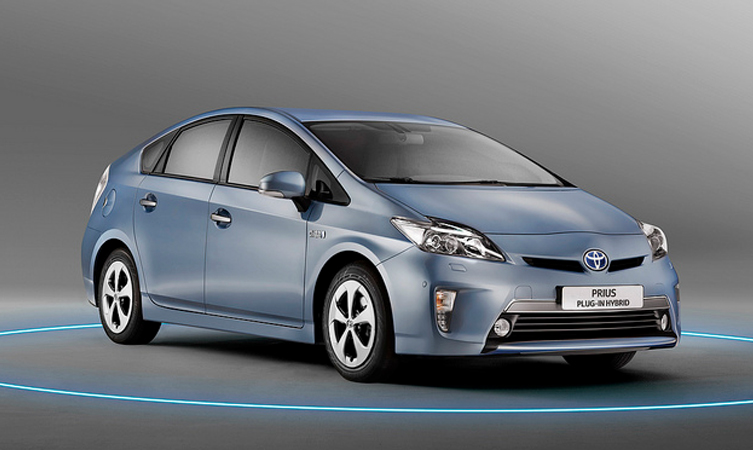
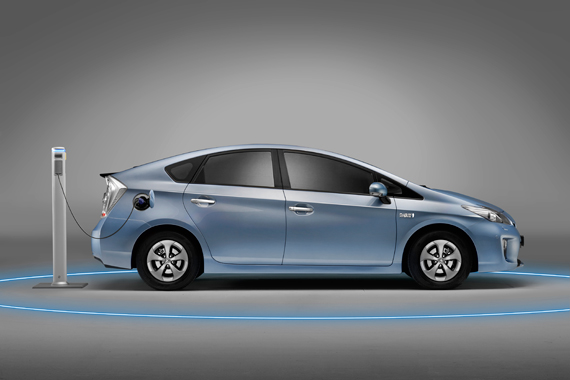



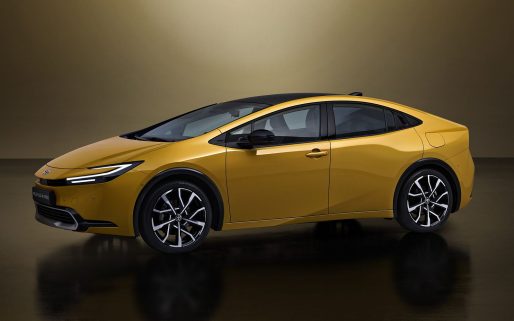
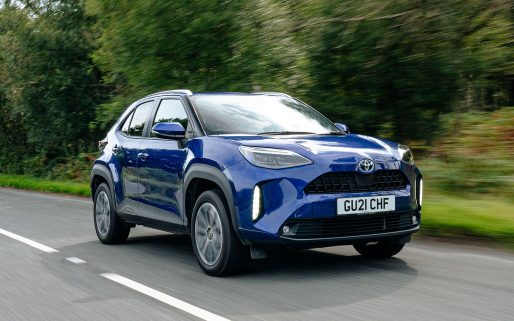

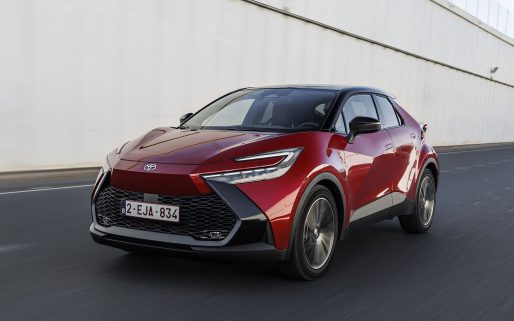
I love Prius’s… Priuses… Priii?…
… so much that I’d sell one of my limbs to own one. Alas, it’s well out of my price range though and likely to remain so for the best part of a decade. Until then, I DREAM of owning one.
No Technical Pack? ie can you not specify adaptive cruise? that would be a big drawback for me.
Hi Teej
There is no Technical Pack for the Prius Plug-in but it features the latest Touch & Go+ and cruise control as standard. For full specifications and options, check out the product page here: http://ow.ly/acVx7
Thanks. No adaptive is a deal breaker for me I’m afraid.
So, the new plug in from £27,895, that’s a price premium of £3,485 over the current list price of the Prius T-Spirit at £24,410, so how long do you have to keep the car before you re-coup the extra cost.
Below is a simple example, based on fully charging the plug-in once per day, 7 days per week, 365 per year and using the full 15.5 mile pure electric range per day.
Cost of each recharge @£0.15 per kWh for 4.3 kWh = £0.64, so 15.5 miles of electric driving costs you £0.64.
But, if you were driving 15.5 miles on petrol, at say 70 mpg, and with fuel costing say £1.35 per litre, you would would actually use 0.22 GAL or 1.00 Litre, so it would cost you £1.35.
Therefore the cost saving per charge, and per day in this example is £1.35 – £0.64 = £0.71, i.e. you save 71p per day if you charge it every day.
Ah, but the plugin prius costs and extra £3,485 to buy, therefore, at 71p per day, you would have to wait (3,485 / 0.71) = 4,908 days, charging every day, using the full electric range every day, before you re-coup that extra purchase cost.
In other words, 4,908 days is more than 13 years before you actually start to save any money.
Even charging it twice per day, i.e. charge over night, drive to work, charge at work, drive home etc, it would still take half that time, i.e. almost 7 years before you actually start to save any money.
It does not make any sense at that extra purchase cost.
Now if the Prius Plugin, after the £5,000 grant, was the same price as the current Prius T-Spirit, then it would make sense, and I would buy one, but not as it is priced at present.
I would welcome other comments about this.
Alex, looking on the bright side, think how much more advanced they’ll be by then – or alternatively, how much cheaper the older models will be 🙂
See Toyota’s FT-Bh explained: Video and
Toyota unveils super-efficient and affordable hybrid future
Sorry – looks as embedded links may not appear, so here they are explicitly:
http://news.toyota.com.au/toyotas-ft-bh-explained-video
and
http://news.toyota.com.au/toyota-unveils-super-efficient-and-affordable-hybrid-future
I think offering “five metres of cabling, that can be stored neatly in a dedicated area beneath the boot floor” is seriously short-sighted, and will (I imagine, and desperately hope!) soon be reconsidered. What if you have a boot full of gear? You won’t want to unload it all to access the cable. You’ll have to unload the boot to extract the cable, put all the gear back again so you can lock and leave while it’s charging, then unload to re-stash the cable afterwards, and reload the boot yet again. Imagine if it was raining, or the ground was wet! Why not incorporate a retractable cable? If they can do it on a vacuum cleaner, then surely they can on the Prius!
Good point but you also need to take into account depreciation, with fuel prices ever increasing will the Prius plugin hold a premium when you come to change it? Also although you may have to charge it once or twice a day you should not need to fill up with petrol so often.
My worry is that it’s very expensive. VERY expensive. As you say, it’s about £3,500 more than the top of the range Prius. But then there’s the £5,000 Government grant which my eyes makes an original cost price £8,500 more than the normal Prius for a battery that gives 15 miles – tops.
That’s a lot of money if something goes wrong outside the warranty period. And that’s assuming the plug in version is the same spec as the t-spirit, which it isn’t. If it’s the same as the t4, then the difference is about £10,000 or £5,000 inc the Government grant. It’s a lot of money to try and recoup OR a lot of money to find if something goes wrong outside warranty. Because of that, I fear depreciation will be heavy to say the least.
This could have been such a car, but £32,000 buys you a LOT of something else. I’ll consider the plug in Prius when pricing becomes sensible.
p.s. I own a gen3 Prius already and was hoping to trade in for a PIP. Not now though 🙁
Hi
Does the Prius Plug-in model have electric heating for the winter, or does it have to run the petrol engine for cabin heat?
If so, can it be programmed to warm up at a specific time while plugged in?
Thanks, regards, PeteB
Hi Pete
The electric heaters in the Prius Plug-in can be used in Full EV mode though it will give you less range if you’re using battery power only.
At the moment it’s unable to heat-up during a charge but a solution to this is being looked into.
We hope that helps.
Rich
Thank you for the reply Richard.
It’s good to hear it will have heaters. Many short journeys would benefit from not having to start the engine at all (e.g. a round trip to the shops of 7 miles, won’t matter too much if the range is hit a little).
It will also be good if the heaters can work while charging (of after charging complete while the car is still connected to the mains), as even if starting a journey in HV mode to save the EV mode for later, it will should help fuel consumption and emissions a little if the car starts off already warmed.
I had some experience of driving a Gen 2 (HHW20) Prius with a 3rd party plug-in conversion. Sometimes I went 1500 miles between refuels, but I was shocked at how much the consumption (and therefore emissions) dropped in the winter because the engine had to run just to heat the car.
By the way, will it be possible to get the charging lead out of its stowage place without unloading the boot?
Regards
Pete
Hi Pete
1500 miles! Very impressive stuff. We’ll keep you updated about the developments regarding the heaters working while charging.
As you can see by clicking on this link here the charging lead is designed to be accessed easily, even if you have items in the boot area.
Hope that helps.
Richard